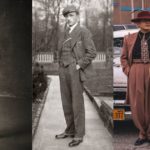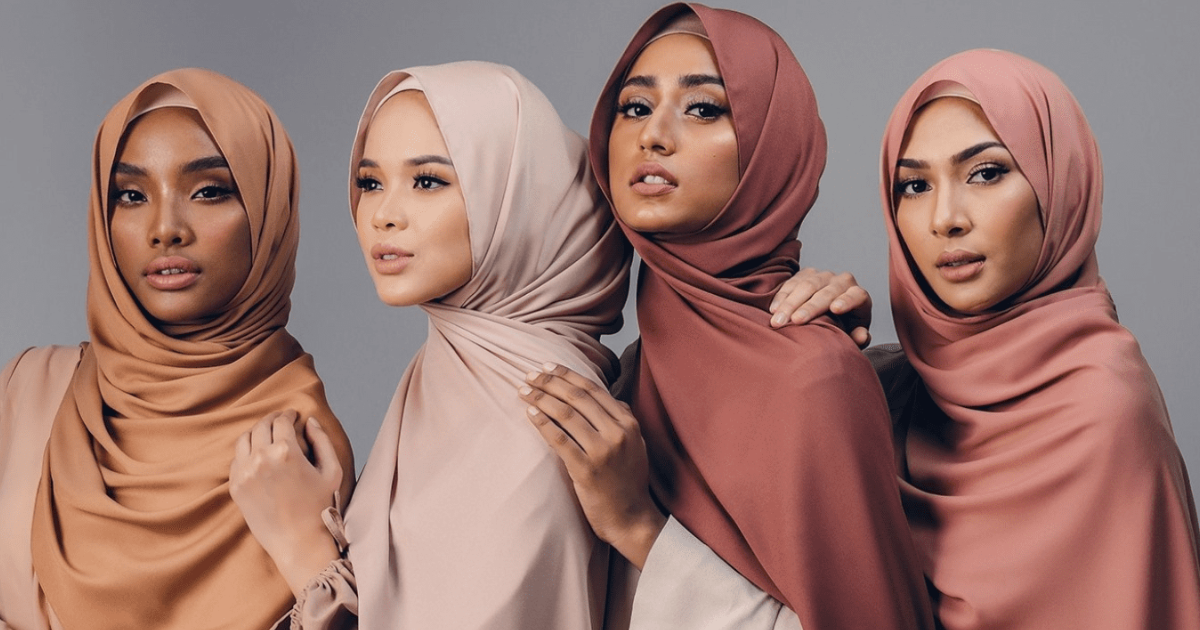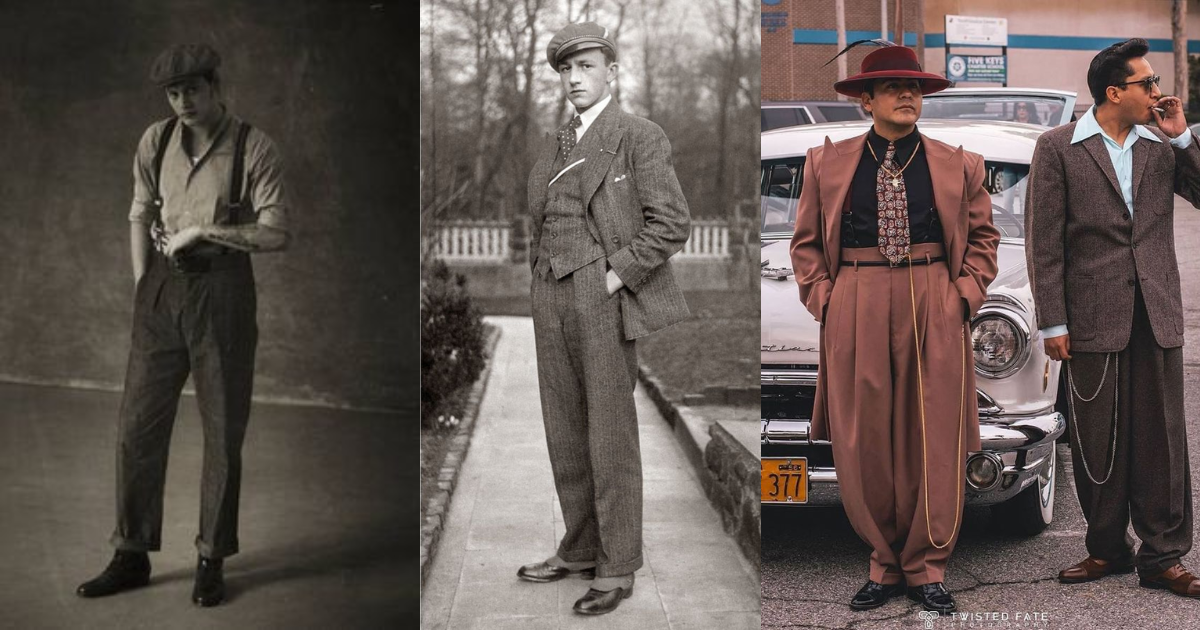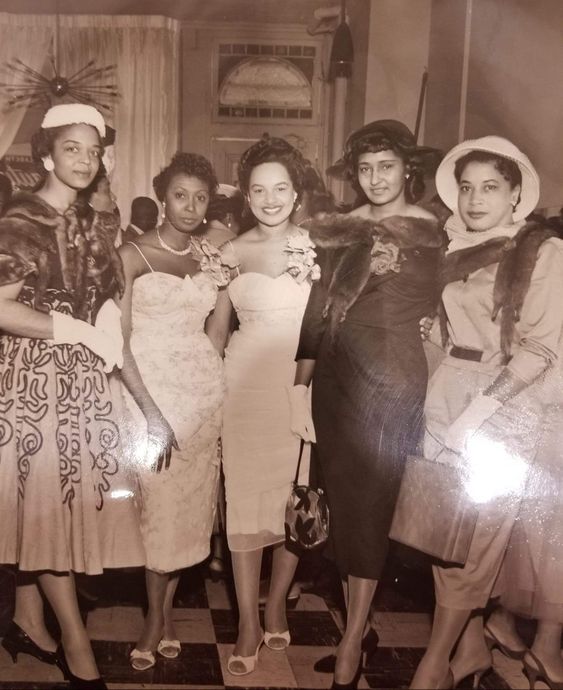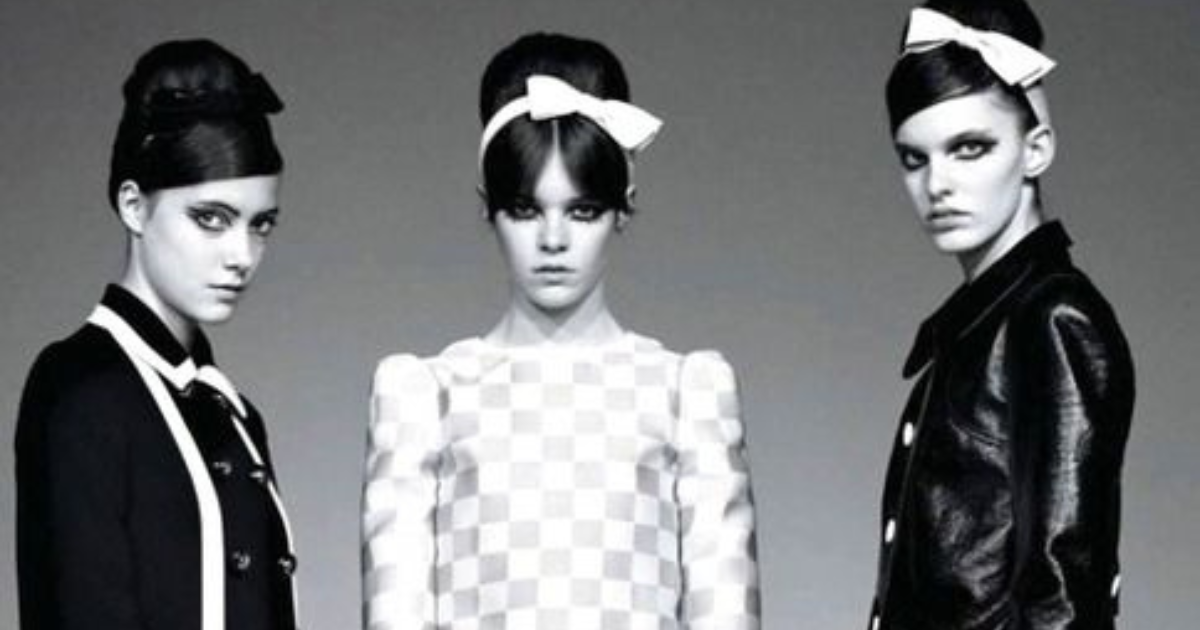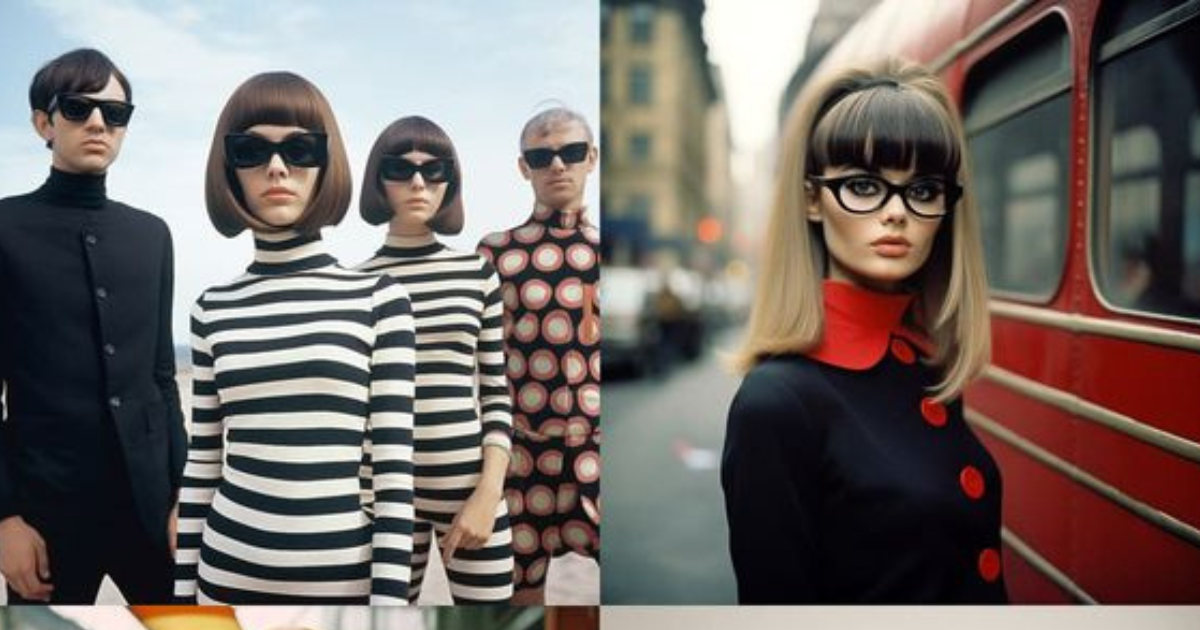Welcome to a captivating journey into the world of Muslim women’s fashion. In a world brimming with diverse fashion trends, Muslim women’s fashion stands out as an elegant fusion of tradition and modernity. In this blog post, we’ll delve deep into the heart of this fascinating fashion realm and explore the essence of Muslim women’s style.
Picture a blend of grace, sophistication, and modesty – that’s the essence of Muslim women’s fashion. It’s a realm where clothing isn’t just about covering but a canvas for self-expression and cultural identity. From modest dresses to headscarves, each garment has a story to tell, and we’re here to uncover it all.
Fashion is a universal language, transcending borders and cultures. Muslim women’s fashion plays a vital role in celebrating cultural diversity. It’s a testament to the rich tapestry of cultures within the Muslim world, and it serves as a bridge, connecting individuals from different backgrounds through a shared appreciation for style.
The Evolution of Muslim Women’s Fashion
Traditional Islamic Attire
Traditional Islamic attire is steeped in symbolism and cultural significance. The hijab, abaya, and niqab, for instance, are more than garments; they are reflections of faith, modesty, and identity. The hijab, with its various styles and fabrics, is a statement of modesty and devotion.
While rooted in tradition, these garments have evolved over the years. They’ve transformed, adapting to contemporary fashion sensibilities while preserving their cultural essence. Today, you’ll find a stunning array of designs and styles that cater to the diverse tastes of Muslim women worldwide.
Tradition is the heartbeat of modern Muslim women’s fashion. Designers draw inspiration from centuries-old traditions, infusing them with contemporary flair. This synthesis results in outfits that are not only fashionable but also pay homage to the rich history and heritage of Muslim cultures.
Contemporary Trends
Contemporary Muslim women’s fashion is a vibrant tapestry of styles, colors, and fabrics. It’s a dynamic world where the boundaries of tradition and modernity blur. From runway to streetwear, let’s take a glimpse into the trends that are defining the fashion choices of Muslim women today.
One of the most exciting aspects of contemporary Muslim women’s fashion is the fusion of modern and traditional elements. This blend allows for creativity to flourish, resulting in outfits that are not only modest but also stylish, reflecting the evolving tastes of a diverse global audience.
Behind the scenes, there are talented designers and fashion houses dedicated to redefining Muslim women’s fashion. From established names to emerging talents, these visionaries are shaping the industry. We’ll explore their contributions and how they are influencing the fashion choices of Muslim women worldwide.
Cultural Significance
Embracing Diversity
Diversity is the heartbeat of Muslim women’s fashion. It’s a beautiful tapestry woven from the threads of different cultures, styles, and influences.
Muslim women’s fashion is not a monolith; it’s a kaleidoscope of styles. From the vibrant colors of South Asia to the understated elegance of the Middle East, there’s a world of fashion within this niche. Each region and culture brings its unique flair to the table, making this realm incredibly diverse and exciting.
Travel through the Muslim world, and you’ll encounter a stunning array of styles influenced by geography, history, and tradition. The flowing abayas of Saudi Arabia, the intricate patterns of Pakistani shalwar kameez, and the ornate kaftans of Morocco—all these styles tell stories of their respective regions, connecting fashion with heritage.
For Muslim women, fashion isn’t just about clothing; it’s a canvas to express cultural identity proudly. The choices they make in fashion are rooted in their heritage, values, and beliefs. The way they drape a hijab or choose an outfit reflects a deep connection to their culture and serves as a visual representation of their identity.
Modesty and Empowerment
Modesty is at the core of Muslim women’s fashion, and it’s far from restrictive; it’s empowering.
Modesty in fashion is often misunderstood as limiting or oppressive. However, within Muslim women’s fashion, modesty is a conscious choice, a symbol of self-respect and dignity. It’s about embracing one’s body without objectification and celebrating inner beauty.
Modest fashion empowers women to define beauty on their own terms. It provides a platform where they can be both stylish and respectful of their values. It’s a movement that encourages women to take control of their bodies and how they are perceived by society, allowing them to exude confidence and self-assurance.
The global fashion industry is taking notice of the modest fashion movement. Top designers and brands are recognizing the significance of this niche, creating collections that cater to modest fashion enthusiasts. This growing acceptance not only expands choices for Muslim women but also fosters inclusivity in the fashion world.
Fashion Tips and Trends
Fashion is a delightful journey, and in the world of Muslim women’s fashion, there’s a lot to explore. Let’s dive into some fashion tips and trends that will help you embrace style while staying true to your values.
Wardrobe Essentials
- The Classic Abaya: A timeless piece that exudes elegance.
- Versatile Hijabs: Invest in a variety of colors and fabrics to match different outfits.
- Maxi Dresses: Comfortable, chic, and suitable for various occasions.
- Palazzo Pants: Stylish and modest, perfect for casual and formal settings.
- Long Tunics: Versatile and easy to layer.
Mixing and matching is an art. For casual outings, pair a flowy maxi dress with a denim jacket and sneakers. For formal events, opt for a tailored abaya with statement accessories. Experiment and find your unique style that suits different occasions.
Accessorizing isn’t just about adding bling; it’s about making a statement. Invest in quality scarves, brooches, and statement jewelry that complement your outfits. Remember, accessories can be conversation starters and a way to express your individuality.
Seasonal Trends
Fashion is ever-evolving, and so are the trends. Explore the seasonal trends within Muslim women’s fashion. In spring, embrace pastels and floral prints. In winter, opt for cozy layers and rich, warm colors. Stay updated with fashion magazines and social media for inspiration.
Adapting to the weather doesn’t mean compromising on style. Invest in lightweight fabrics for summer and layering options for winter. Consider breathable materials like cotton and linen for hot days and cozy cardigans for chilly evenings.
Fashion is not limited to a particular season; it’s a year-round affair. Invest in timeless pieces that can be worn in different seasons. Experiment with layering to transition your wardrobe from one season to the next seamlessly.
Beyond Clothing
Fashion extends beyond clothing; it encompasses beauty, confidence, and social impact.
Beauty and Makeup
- Subtle Elegance: Opt for neutral eyeshadows and natural lip shades for an understated look.
- Waterproof Products: Invest in waterproof mascara and eyeliner for long-lasting wear.
- Skincare Routine: Healthy skin is the foundation of good makeup. Establish a skincare routine that suits your skin type.
- Setting Spray: Use a setting spray to ensure your makeup stays in place throughout the day.
Makeup is an art, and you can create stunning looks while adhering to modesty. Keep it natural and enhance your features. Remember, makeup is a form of self-expression, so have fun with it while staying true to your values.
Beauty is not just about external appearance; it’s about feeling confident in your skin. Embrace your unique features and use makeup to enhance your self-esteem. When you feel confident, it radiates through your fashion choices.
Conclusion
As we conclude our journey into the world of Muslim women’s fashion, it’s time to reflect on the valuable insights and inspirations we’ve uncovered. Here, we summarize the key takeaways and emphasize the significance of embracing cultural diversity in the realm of fashion.
Our exploration of Muslim women’s fashion trends invites you, our readers, to actively engage with and appreciate the beauty of diversity in fashion. As you navigate your style journey, consider incorporating elements that resonate with your cultural identity. Explore different fashion trends, experiment with modest fashion, and celebrate your individuality through your clothing choices.
In closing, Muslim women’s fashion is a testament to the power of clothing as a means of expression and identity. It’s a reminder that fashion is a language understood by all, transcending borders and cultures. As you step out into the world of fashion, remember to wear your style with pride, confidence, and a deep appreciation for the beauty of diversity in every thread and fabric.



